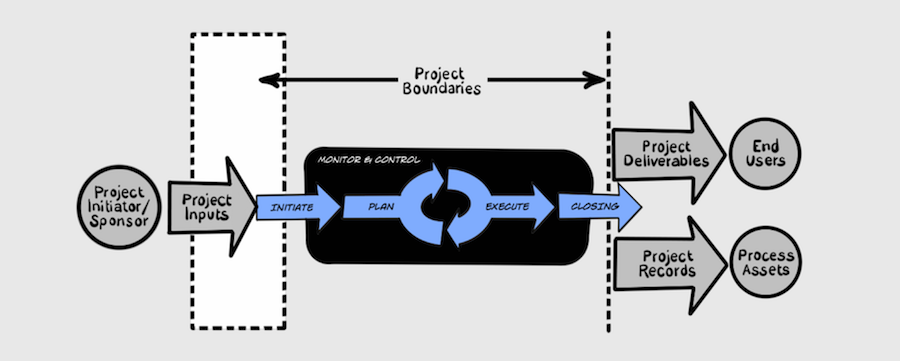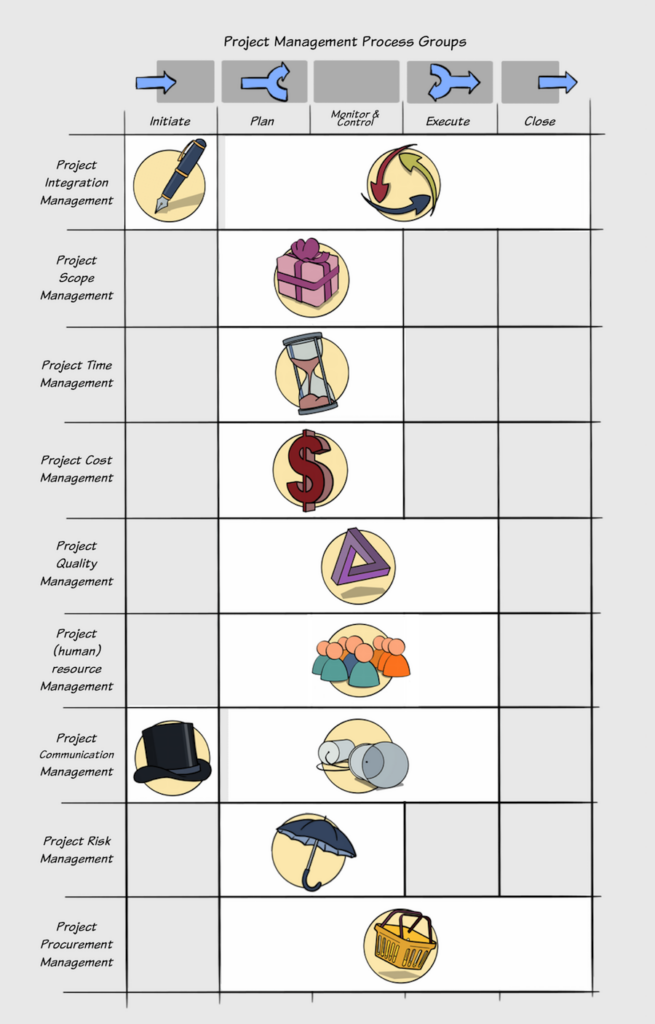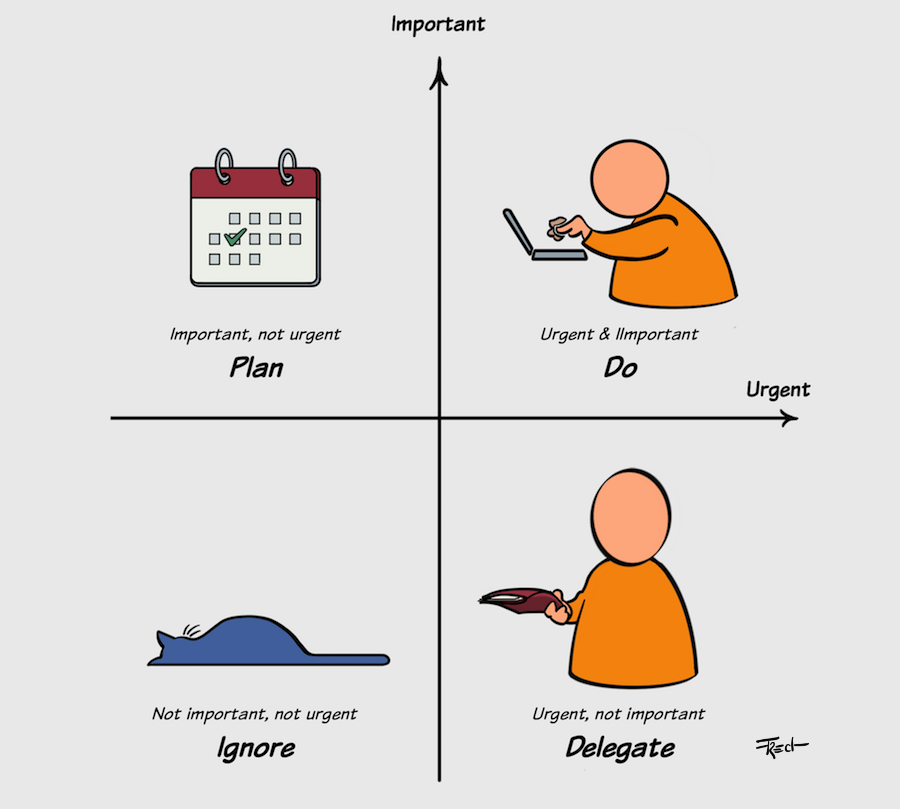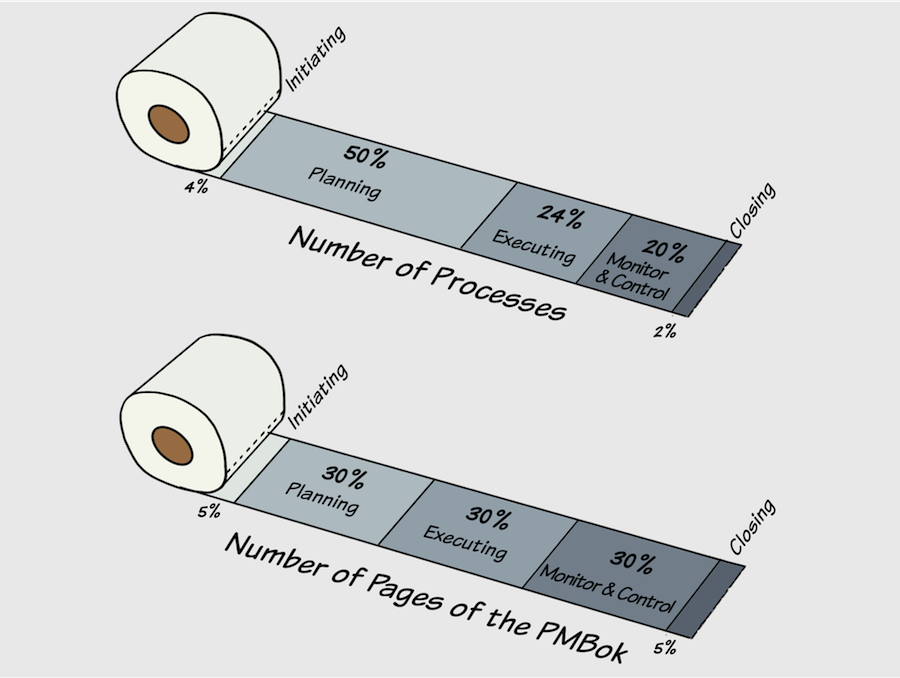This post gives an overview of the scope and structure of a workshop/training which offers a primer on the bare bones of project management. Basic project management skills are a must-have, whether you realize it or not. For seasoned pros, this might feel like going back to ABCs, and the advice here might seem elementary, lacking the meaty details you crave. However, that’s not the aim of this post. But, if you’re that hard-working professional who stumbled into the role of project manager, learning it the hard way and never quite managing to squeeze in formal training, this might be a revelation—even if it is just a mere glimpse of what you’d dive into should you pursue certification and find yourself muscling through a grueling 35-hour course. Enjoy, and drop me a line with your thoughts. I’m eager to know if I missed the mark or hit the bullseye.
What is a project?
The Project Management Institute (PMI) defines a project as “an activity undertaken to create a unique product, service, or result.” Whether it’s launching a new product, organizing an event, or conducting scientific research, projects come in all shapes and sizes. A project being a temporary endeavor, means it distinguishes from ongoing operations or continuous processes. A project has a clearly defined start and a specific end. This is illustrated with the image below (After PMBok 4th Edition).

Personally, I find the wording “to create” within PMI ́s definition of a project doesn’t set strong enough expectations. The purpose of a project isn’t merely to create; it is to deliver, which becomes clearer from their definition of project management. The PMI defines project management as: “the application of knowledge, skills, tools, and techniques to project activities to meet project requirements. It’s the practice of planning, organizing, and executing the tasks needed to turn a brilliant idea into a tangible product, service, or deliverable.” That is what your role is as a project manager; to deliver.
The Project Management process
The project management process aims to provide a structured approach for planning, executing, and delivering on the project’s brief efficiently and effectively. This structured approach helps ensure that projects are completed on time, within budget, and to the required quality standards.
Project Management process is typically split into five process groups: 1) the Initiating Process Group, which aims to define and authorize the project or a project phase, 2) the Planning Process Group, which aims to establish the scope, objectives, and course of action required to attain the project objectives, 3)he Monitoring and Controlling Process Group, which aims to track, review, and regulate the progress and performance of the project and identify any areas where changes to the plan are required, 4) the Executing Process Group, which aims to complete the work defined in the project management plan to satisfy project requirements, and 5) the Closing Process Group, which aims to finalize all activities across all process groups to formally close the project or phase.
The Process Groups are rarely neat, one-time events processed sequentially. Instead, they often feel like herding cats as they form a tangled web of activities popping up throughout the project. The output of one process typically morphs into the input for another or becomes a project deliverable. The Planning Process Group generously hands over the project management plan and documents to the Executing Process Group. And, as the project trundles along, these documents often need updates, just to keep things interesting.
The project management process is divided into ten knowledge areas, offering a structured approach to comprehensively managing projects, as illustrated in the image below. You’ll notice that, unlike PMBOK, I’ve flipped the Execution and Monitoring & Control phases—because, honestly, it just looks better this way and satisfies my sense of balance.

I will not go into the details of each process group and how each adds to the project management process steps, PMI does a much better job in explaining that. But I would like to emphasize the Monitoring & Controlling group. Project management is often lauded for meticulous planning and execution. However, the true cornerstone of success lies in the monitor and control process. Plans, no matter how detailed, can’t account for every twist and turn. Change is inevitable. One fundamental concept of project management is progressive elaboration, which means that as a project progresses, new insights will emerge, leading to adjustments in the original plan. Effective monitoring and controlling ensure that the project stays on course and delivers successfully, despite these ongoing adjustments. Below a few cornerstones that might come in handy.
Change Management. One of the primary challenges you’ll face is prioritizing which tasks or issues to address. A valuable compass to navigate challenges ahead is the “Priority Matrix,” as depicted below, which categorizes them based on importance and urgency. The Work Breakdown Structure providing an overview of dependencies is your friend here.

Stakeholder Management. Keeping an eye on stakeholders is as essential to project management as sunscreen is to a beach day —it ensures smooth sailing. By doing so, you’re making sure their needs are met, risks are tamed, and project goals are achieved, all while keeping those stakeholder relationships rosy. But hey, not every stakeholder is a captain steering the ship; some are just passengers enjoying the ride, while others might be the mischievous seagulls trying to snag your lunch. The overview below may give some guidance as to how to plan your interactions and communications with your stakeholders.

Risk Management. Monitoring and controlling risks in project management means to identify, assess, and manage potential threats effectively. The risk matrix, depicted below, acts as a guide for steering through challenges and aids in anticipating and managing risks according to their impact and probability.

The purpose of Human Resource (the people on your team….) management in project management is to ensure that the right people with the right skills are effectively utilized and create a productive, efficient, and
motivated project team that is capable of delivering project objectives effectively. Of this, the skill part of the team members often is the easy part to identify and assess. More difficult is to assess and ensure an engaged project team. Gallup has conducted extensive research to develop a survey a tool that dissects employee engagement and pinpoints where the ship might be taking on water. I find this survey highly effective for navigating the challenging waters of motivation and team engagement. This survey is my go-to when navigating the tempestuous seas of motivation and team spirit. It covers everything from the essentials —like having the right tools—to the deeper connections with the company’s mission, or for us, the project’s mission. Furthermore, the questions are structured hierarchically, prioritizing basic needs before delving into more complex considerations. This structure provides clear direction for interventions and improvements. After all, if the crew’s basic needs aren’t met, why worry about the finer details?
Getting it done
To sum it all up, how do we achieve effective project management? How do we get it done? What is crucial for delivering a project on scope, on time, and within budget? When you start your journey toward becoming a project manager, you may assume, as I did, that the execution phase consumes the most time and resources. Then, when you embark on Project Management training, such as PMI, your impression may shift toward the Planning phase being the one that draws the most time and resources. The PMBok and Project Management training may contribute to this bias. f you consider the number of processes as a rough indicator of content allocation and importance, then you may conclude that planning, covers about 50%, is the most important process. Alternatively, you can also consider the number of pages spent on a topic as an indicator of importance. Then the overview becomes slightly more balanced, almost equally split between planning, executing and monitoring & controlling, the later mirroring my understanding based on experience in the field.

That’s it? No wizardry? No secret sauce?
Well, there are two recommendations that have supported me in successfully delivering projects on scope, on time and within budget: Firstly be brutal about stakeholder management, secondly take a Time-Boxed approach and thirdly embrace Risk-Management.

Stakeholder management is basically scope management because anyone with a stake in the project can turn it upside down. If they change their mind—and trust me, they will—your project is going to feel it. Sure, sometimes it’s a positive change, but we all know we credit those to our own genius. It’s the disruptive impacts you need to see coming from miles away.
What can you do? Know your stakeholders inside and out. Understand their influence on your project. Engage, communicate, build trust, and manage expectations. Keep them on board with the project as defined. This alignment helps prevent scope creep, ensures the project meets its objectives, and paves the way for overall success.

Time-boxed planning is a project management technique where tasks are given fixed, limited periods for completion, known as “time boxes.” Instead of obsessing over task completion, the focus is on delivering results within set time frames. This approach forces teams to prioritize essential tasks, maintain focus, and avoid scope creep.
It’s a favorite in agile methodologies, ensuring continuous progress, iterative development, and regular reassessment of priorities. Think of it as setting a kitchen timer for your work—keeping you on track, boosting efficiency, and encouraging incremental improvements, all while allowing teams to adapt swiftly to changes without losing their rhythm.

With Risk Management, I mean understanding the dependencies between the project components and taking a NASA approach to planning—having a plan A, B, and C. Yes, we’re talking about bringing a second air filtering unit, spare parts to fix a broken air filter, and even enough duct tape and folder binders should all of the above fail. Be ready to prevent or avoid disaster. Moreover, be ready to grasp the opportunity that comes along.
Risk management in time-boxed development almost comes naturally, involving continuous evaluation and adjustment of priorities to keep potential risks at bay. Effective risk management here means spotting potential scope challenges before they become disasters, holding regular team huddles to tackle emerging issues, and making savvy decisions based on real-time data and feedback. In essence, blending risk management practices with time-boxed development in my experience creates a situation where teams can adeptly handle uncertainties, sustain project momentum, and achieve top-notch results that align with business goals.
This post is based on a workshop designed to introduce the basics of project management to the self-taught professional. It skimmed over the essentials of running a project, focusing on what needs to be done and delivered. The workshop briefly covered the purpose of each process and tossed in a few useful templates and decision matrices where possible. While it loosely follows the PMBOK, it’s not to be mistaken for a proper project management training course. But with a sprinkle of experience and a lot of perseverance, it should help you tackle project management challenges and deliver your projects on scope, on time, and within budget. In short, it aims to provide the overview and tools needed for getting it done.